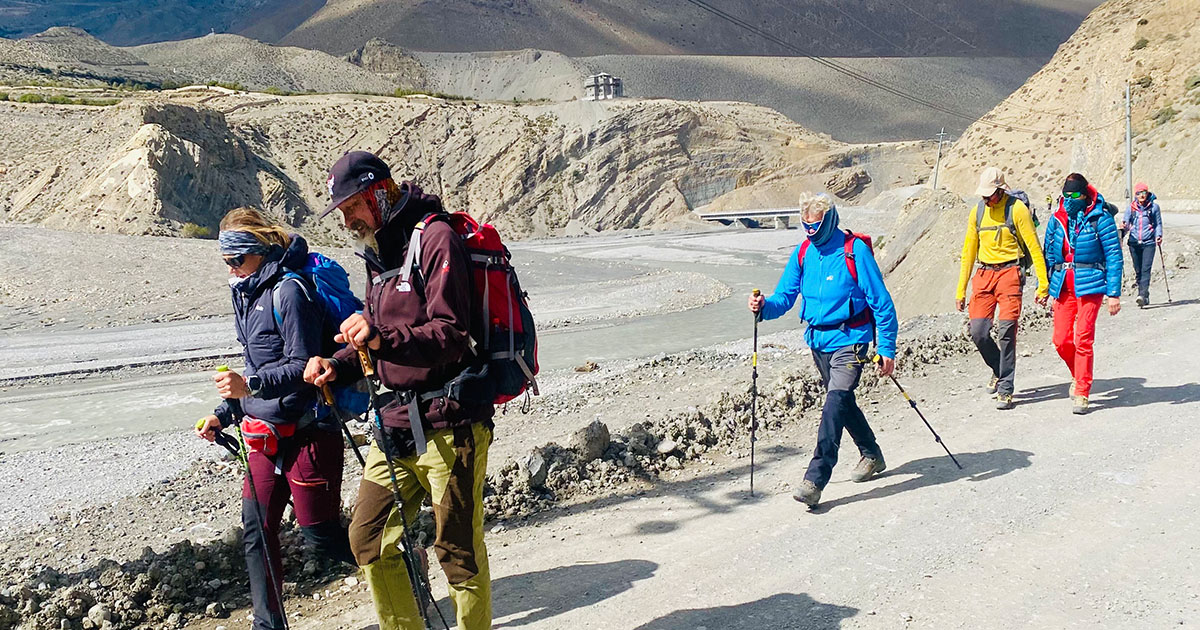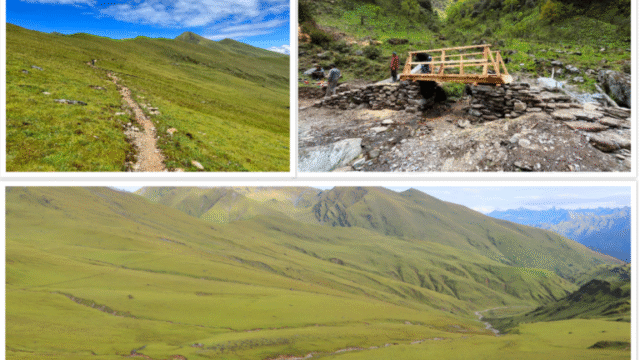Seventy-four years ago on this very day, June 3, 1950, the majestic Annapurna Himalaya was summited for the first time by a French expedition led by Maurice Herzog. That historic achievement not only marked a milestone in the world of mountaineering but also sparked the early momentum for tourism in the Annapurna region. Over the decades, what started as a remote and rugged mountaineering destination has grown into one of the most celebrated trekking and cultural tourism zones in the world. Today, the Annapurna region is experiencing a significant boom in foreign tourist arrivals, especially visible during this year’s Diamond Jubilee Celebration of Herzog’s ascent.
Substantial Growth in Tourist Numbers
The Annapurna Conservation Area Project (ACAP) has reported a notable rise in the number of foreign tourists visiting the region. According to ACAP Chief Dr. Rabin Kadariya, the number of foreign visitors to the Annapurna region during the last fiscal year increased by 29%. He further revealed that in the first ten months of the current fiscal year alone, 226,409 foreign tourists have already visited the region, surpassing the total figure of 222,180 from the entire previous year.
Dr. Koirala expressed optimism that this figure would further grow with tourist arrivals expected to rise during the remaining months of Jestha (mid-May to mid-June) and Ashadh (mid-June to mid-July). “The trend shows a steady increase in foreign tourists visiting this area annually, with most of them coming either for religious pilgrimages or trekking,” he said.
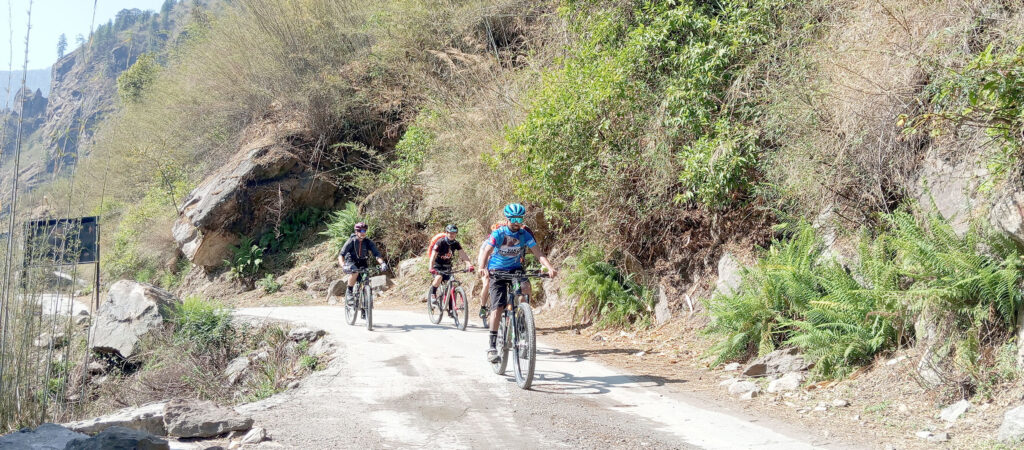
Post-COVID Recovery Fuels Tourism Boom
The rise in tourist numbers reflects a strong rebound after the severe impacts of the COVID-19 pandemic, which had dramatically reduced tourist arrivals in previous years. For instance, during the fiscal year 2079/80 (2022/23), Annapurna welcomed 172,108 foreign tourists. In the pandemic-hit years before that, the numbers had plummeted to historically low levels. However, with international travel restrictions eased, vaccination campaigns completed, and confidence restored, the Annapurna region has seen one of the fastest recovery rates in Nepal’s tourism sector.
Dr. Koirala projects that the number of foreign tourists visiting the Annapurna region could reach 275,000 by the end of the current fiscal year. This would make it one of the highest post-pandemic figures and place the Annapurna Circuit firmly back on the list of top global trekking destinations.

Two Distinct Trekking Seasons
The Annapurna Circuit Trek enjoys peak tourist influx during two main trekking seasons: Autumn (Ashwin to Mangsir) and Spring (Chaitra to Jestha). These periods offer stable weather, clear skies, and excellent trail conditions, making them ideal for long and short treks across the region. In contrast, during the monsoon (Ashadh to Bhadra) and winter (Poush to Magh), the number of trekkers tends to drop due to challenging weather conditions such as rain, leeches, and snow. Despite these seasonal dips, the region still sees consistent footfall from both domestic and foreign visitors, particularly in cultural and religious destinations such as Muktinath.
While most Indian pilgrims heading to Muktinath prefer road travel via Mustang, trekkers from other countries opt for the full Annapurna Circuit Trek, which is known for its adventure and natural beauty. ACAP maintains a separate record for trekkers on this route, ensuring proper management and planning.
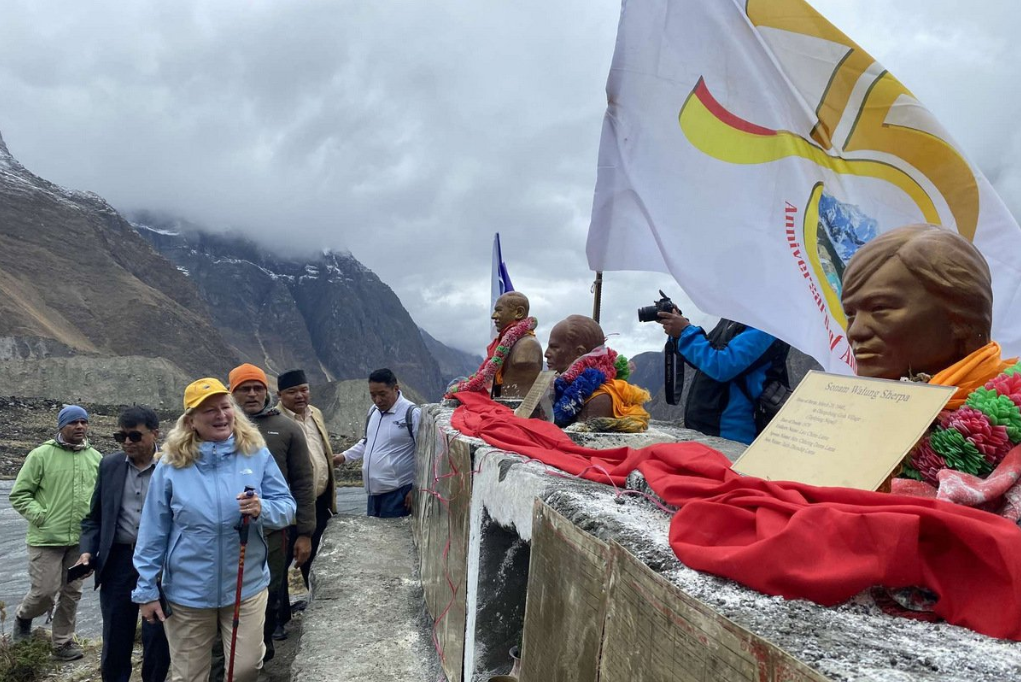
Key Attractions within the Annapurna Circuit
Spanning across a vast area of 7,600 square kilometers, the Annapurna Conservation Area includes 87 wards in 15 local government units across Kaski, Lamjung, Manang, Mustang, and Myagdi districts. The circuit offers varied trekking options, short, medium, and long-distance routes, based on the traveler’s preference and fitness level.
The circuit features an incredible array of attractions. Notable destinations include:
- Annapurna Base Camp (ABC)
- Mardi Himal and Sikles Village (Kaski)
- Lwang and Ghandruk traditional villages
- Tilicho Lake and Thorong La Pass (Manang)
- Upper Mustang and Muktinath Temple (Mustang)
- Ghorepani and Poon Hill (Myagdi)
These destinations draw hundreds of thousands of domestic and international tourists every year. Trekking routes are enriched by stunning Himalayan views, pristine landscapes, high-altitude lakes, biodiversity, and deeply rooted local culture and hospitality.
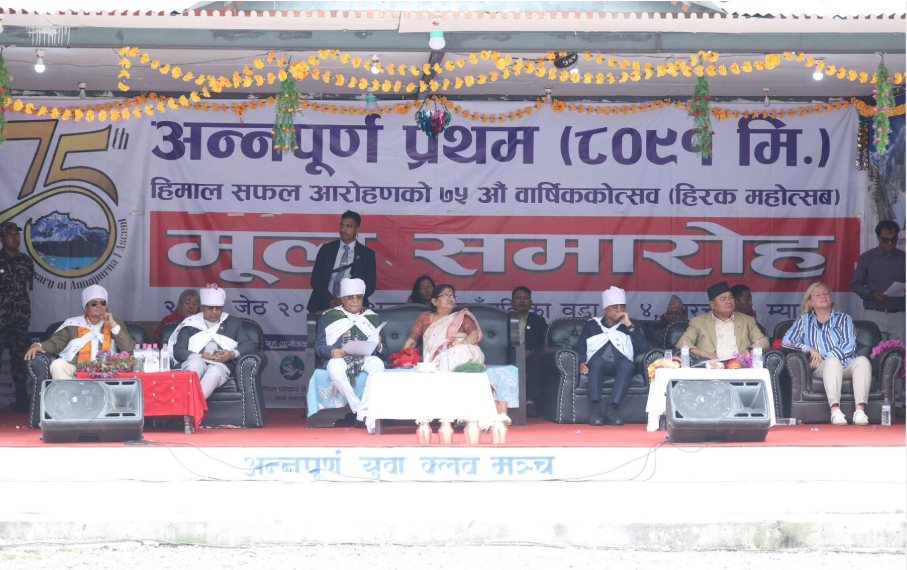
A Global Model for Sustainable Trekking Tourism
The Annapurna region is regarded as one of the best trekking destinations in the world, thanks to a unique combination of natural beauty, cultural heritage, ecological diversity, and tourism-friendly infrastructure. The involvement of local communities, supported by the Annapurna Conservation Area Project, has made this region a model of sustainable tourism development.
The availability of well-managed trekking trails, eco-friendly accommodations, homestays, and locally guided services adds to the region’s charm. ACAP has played a crucial role in preserving biodiversity and promoting eco-tourism while empowering local communities through tourism-generated income.
Foreign tourists, particularly from Europe, North America, and East Asia, have rated the Annapurna Circuit among the top adventure travel experiences globally. The region is also gaining popularity among young Nepali trekkers and influencers who seek both adventure and scenic escapades close to home.
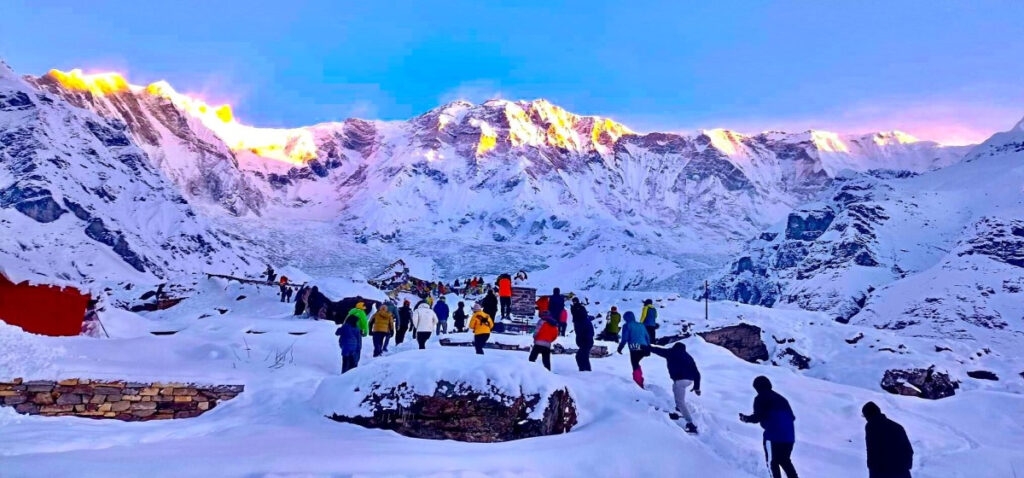
From Historic Ascent to Modern Tourism Boom
The 75th anniversary of Maurice Herzog’s historic climb serves not only as a reminder of past achievements but also as a celebration of the Annapurna region’s transformation into a world-class trekking and cultural tourism hub. With projections of record-breaking tourist arrivals and ongoing development of tourism infrastructure, the Annapurna region stands as a symbol of Nepal’s resilient and dynamic tourism industry. The continued growth in trekking activities also underscores the importance of preserving the natural and cultural assets that make this region a global treasure.
As Nepal celebrated the 75th Diamond Jubilee of the first Annapurna ascent this year on today, stakeholders across the tourism spectrum are hopeful that the Annapurna Circuit will remain a beacon for sustainable, inclusive, and adventure-driven tourism in South Asia and beyond.
